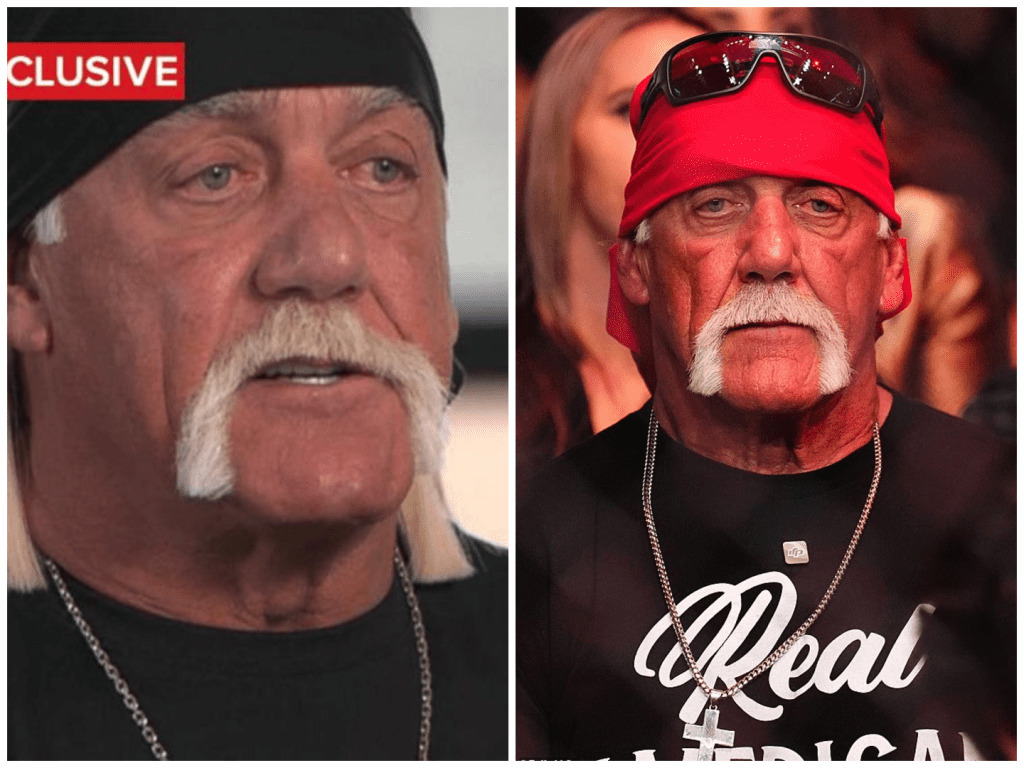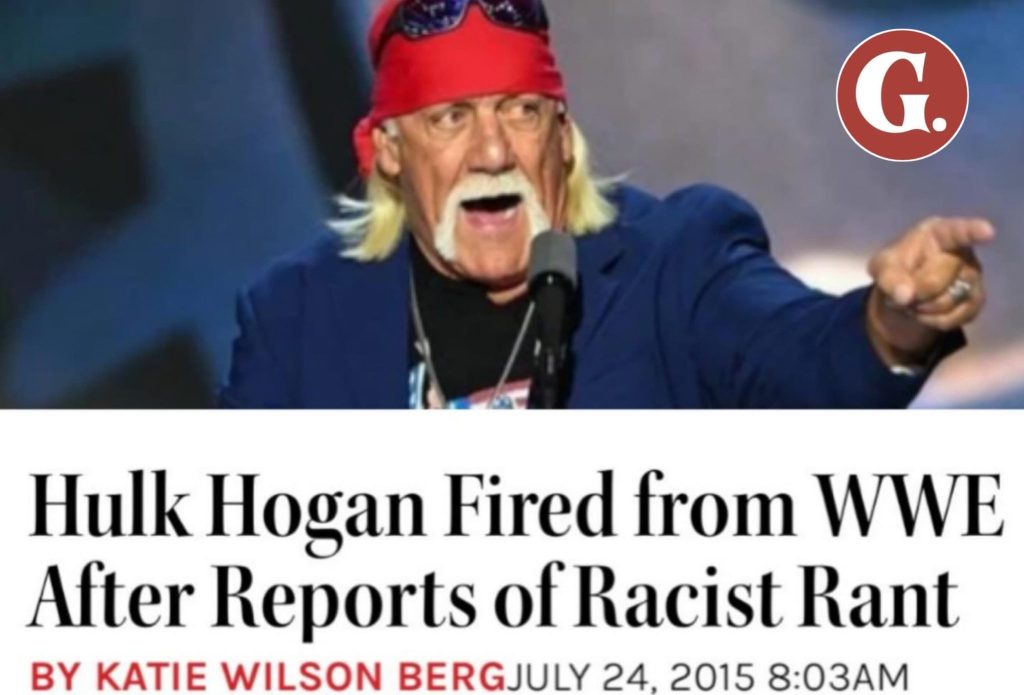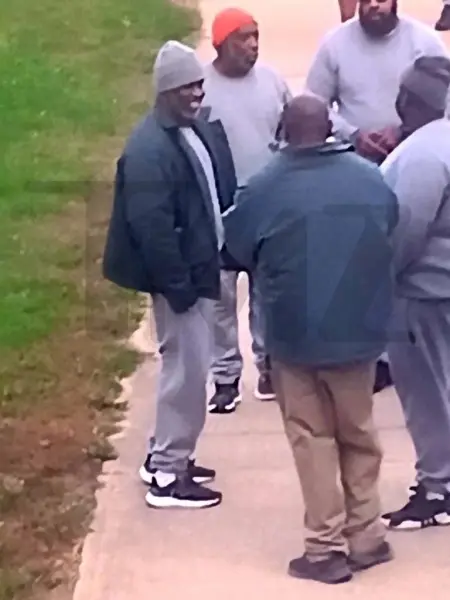WWE Icon Hulk Hogan Passes Away on Anniversary of His Racist Rant Fallout—A Full Circle Moment for Wrestling’s Most Controversial Figure
WWE Icon Hulk Hogan Passes Away on Anniversary of His Racist Rant Fallout—A Full Circle Moment for Wrestling’s Most Controversial Figure
When news broke that Hulk Hogan, the larger-than-life face of professional wrestling, had passed away at age 71, fans around the world felt a jolt of shock that echoed across wrestling rings and social media feeds. What made his death feel eerily symbolic was the timing: Hogan died on July 24, 2025, exactly ten years to the day after he was fired from WWE in 2015 for a racist rant involving the N-word. What some called coincidence, others saw as poetic irony.
TMZ was among the first to report the news, detailing that Hogan suffered cardiac arrest at his Clearwater Beach home. Medics arrived early that morning, attempted resuscitation, and he was transported to a hospital—where he was officially pronounced dead. Law enforcement confirmed there were no signs of foul play.

WWE released a statement expressing sorrow, calling him “one of pop culture’s most recognizable figures” and extending condolences to his family and fans. Throughout the day, tributes poured in—from fellow wrestlers like Ric Flair and Charlotte Flair to Donald Trump, who remembered Hogan as “MAGA all the way” and a longtime friend.
In a poignant segment of his podcast “83 Weeks,” longtime friend Eric Bischoff shared his last visit with Hogan. He described Hogan as “weak, embarrassed, and fading” after recent neck surgery, yet mentally bright and excited about upcoming projects, including the new wrestling venture Real American Freestyle. Even in those final conversations, Hogan’s signature enthusiasm persisted.
The timing of his death stirred reflection. On that same date in 2015, Hogan was dropped from WWE’s Hall of Fame roster and fired after racist recordings leaked. That scandal marked a dramatic fall—he later apologized publicly, but the incident remained a defining moment of downfall and redemption. To many observers, dying exactly ten years later felt like the closing of a violent circle.
Personal losses added emotional depth to the news. Hogan’s daughter Brooke Hogan shared her grief online, calling her father someone she always longed to truly know. She criticized WWE for excluding her from tribute shows even after his passing. His ex‑wife Linda Hogan wrote movingly on Instagram, that she “still loved him” despite their difficult divorce and decades apart.
His later health struggles were well documented. In the decade before his death, Hogan underwent over 25 surgeries—including multiple back, hip, knee, and shoulder procedures. On a 2024 podcast, he admitted getting surgery after surgery just to remain functional in his 70s. Weeks before death, his friend Jimmy Hart called him “phenomenal,” only for tragedy to strike painfully soon after.
Despite the physical decline, Hogan remained dedicated to his legacy. His wrestling league Real American Freestyle—co-founded with Bischoff—was meant to give young wrestlers a platform beyond scripted showbiz, blending Olympic wrestling with entertainment storytelling. Hogan was commissioner up until his final days.
Fans feel the loss deeply—not just for the performer, but for the man who shaped an era. He turned wrestling into a cultural phenomenon in the 1980s. For decades, children impersonated his muscle-bound poses, caught his merchandise, and chanted “Hulkamania.” His charisma carried WWF into mainstream relevance.
But his story was always more complicated than hero vs. villain. The 2015 scandal forced a reckoning over race, accountability, and legacy. His death on the ten-year anniversary of that scandal adds weight to both his irreversible mistakes and enduring myth. It’s a reminder that charisma doesn’t erase consequence—but history sometimes insists on poetic symmetry.
In wrestling circles and pop-culture retrospectives, Hogan’s name will linger. He was the champ who drew Texaco and McDonald’s into wrestling ads, starred in Rocky III and Mr. Nanny, and reinvented himself amid controversies. Yet with his death came new stories: Brooke grieving publicly, Linda breaking the silence, Trump recalling their bond, and Bischoff portraying the man behind the persona in his final weeks. Each narrative is a brushstroke in a fading, complicated tableau.
Hogan’s passing is more than headlines; it’s an emotional turning point. For fans who grew up in red-and-yellow spandex and Hulkamania sweatbands, it marks the end of an era. For the wrestling business, it’s a call to remember both the showmanship and the human behind it. And for the public memory, it closes a chapter that began in defiant triumph, wove through scandal, and concluded with a strangely poetic final act.
As WWE airs tributes and fans share their favorite Hogan moments, what remains are whispered echoes of classic promos, mass crowds chanting “What?”, and a legacy built on strength, controversy, and unguarded humanity. The man who once dominated crowds and headlines now rests. His end, arriving at the ten‑year anniversary of his darkest moment, reminds us that legends don’t exit quietly—but sometimes, exactly on time.


